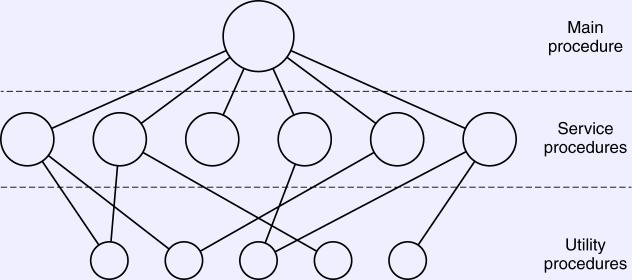

OS Concepts And Design

- Types of operating system.
- Mainframe.
- Batch processing. Legacy apps.
- OS/390. Unix variants.
- Often multiple instances under VM.
- Server. Unix/Linux or Windows.
- Multi-processors.
- Multiple CPUs.
- Now a common case with multiple cores.
- Effects O/S design.
- PC Operating System.
- Mostly Windows variants and MacOS.
- (Except for us non-conformists.)
- Hand-held/mobile.
- He mentions Symbian and Palm OS.
- Now more often the smart phone OSes: iOS, Android.
- Sensor node. Don't know how common these actually are. TinyOS
- Real-time.
- Industrial processes.
- Vehicle control.
- Hard and soft.
- Smart card.
- Concepts and Abstractions.
- Processes.
- Identity and ownership.
- Communication and control.
- A process operates in an address space.
- Address space.
- Files.
- Files and directories.
- Hierarchy.
- Permissions.
- Opening files and file handles.
fileread1.cpp
- Some files have special behavior.
- Directories (folder) are special files.
- Some files represent physical devices.
- Protection.
- Hardware modes give the O/S secure control.
- OS then implements other restrictions.
- File permission.
- Memory controls.
- I/O.
- O/S performs all I/O; forbids user.
- Users ask the O/S for service.
- See above.
- Shell (command interpreter). Text or graphical.
- System Calls.
- Process creation, destruction and control.
- I/O of any kind.
- Creation of files and directories.
- Hello
using write library call.
- i386
assembly Hello, World!.
- There are many system calls. See the textbook.
- Structure.
- Monolithic. Collection of functions, any of which can call another.
- Layered system.
- Functions are collected into layers.
- Functions only call to the next layer down.

- Provides some organization. May have hardware to enforce it.
- Microkernels
- Functions are removed from the kernel to minimize it.
- Instead, provided by local server processes.

- Process communicate by passing messages.
- Client-server version distinguishes processes by type.
- Robust, flexible.
- Crashed service processes may be restarted.
- Variations of basic services w/o modifying the kernel.
- Limited commercial use for performance reasons.
- Virtual machines.
- Software simulates hardware; O/S runs on the simulated hardware.
- Early: IBM on the 360/370 hardware.
- When the guest kernel executes a privileged instruction, hardware
traps.
- The trap handler simulates the effect of the privileged
instruction on the simulated machine.
- Presently, on PC hardware.
- Type 1 and 2.

- VM is difficult on i386 hardware.
- Privileged instructions in user mode are ignored instead of trapped.
- Use a form of JIT translation.
- Add a kernel module (modify to host kernel) to add support.
- Paravirtulization.
- Modify the guest OS to behave differently when run under another OS.
- Remove the privileged instructions and let it make syscalls like
everyone else.


